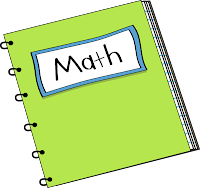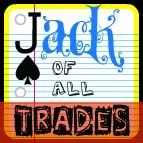It’s report card time again, and teachers are faced with the task of writing descriptive, insightful, and unique comments that accurately portray each students’ performance in the classroom. It’s a monumental job that has to be condensed to fit in a 1”x 3” comment box! Here are five tips for being truthful and tactful when giving descriptive feedback to students and parents. Here’s what fellow teachers said:
1. Start on a Positive Note
Let parents know how happy you are to be their child’s teacher, tell them how much their child is learning and growing, or share what makes their child unique:
· I have enjoyed having the opportunity to work with _______ this school year.
· _______ has excelled at reading this quarter and is a pro at sharing his/her reading strategies with the class.
· I love how _______ comes to school excited and ready to learn everyday.
2. Provide Specific Feedback Across Several Different Areas
Include formative evidence to let parents know how you view their child as a student, a classmate, and an individual. Share what you know about the student based on observations, conferences, anecdotal notes, and performance. Write from a variety of angles:
Personal Attributes
· is an enthusiastic learner and always has a positive outlook.
· is well-liked by his/her peers
Behavior
· consistently cooperates with students and teachers
· transitions easily between classroom activities without distraction
· follows classroom rules
Character
· is honest and trustworthy when we have a substitute
· shows compassion and is concerned about the feelings of others
Communication Skills
· is an active participant in small group and large group discussions
· can make a logical and persuasive argument
· communicates respectfully with adults and peers
Group Work
· welcomes leadership roles in groups
· keeps the group focused and on task
Communication Arts/ELA
· reads fluently with expression
· infers to draw conclusions that are not stated in the reading
· uses descriptive vocabulary in writing
· writes many interesting informational texts
· is beginning to use the dictionary
Math
· uses appropriate math tools to help him/her solve problems
· can add and subtract to 20 with fluency
· has multiplication facts memorized
· uses a variety of problem-solving strategies
· considers reasonableness of answers
Science
· enjoys hands-on experiments
· writes testable questions
· is drawn to our science corner when finished with classroom work
· measures accurately
Teachers also commented on attitude, participation, interests, talents, listening skills, improvement, attendance and more.
As students continue to learn and grow, there are always ways to improve. Provide students and parents with one specific goal that will be worked on by you and the student next quarter:
· This quarter we will be working on…
· One area for improvement is…
4. Closing
To boost the students confidence, always end on a positive note. Let the student and parents know you are proud of what they have accomplished this quarter:
· _____ has had a terrific quarter, and I’m confident next quarter will be even better.
· I can hardly wait to see how _______ impresses me during 4th quarter.
5. Save Your Comments from Year to Year
Some teachers make a computer file to collect grade card comments organized by topics. Google grade card comments for more ideas.



























































